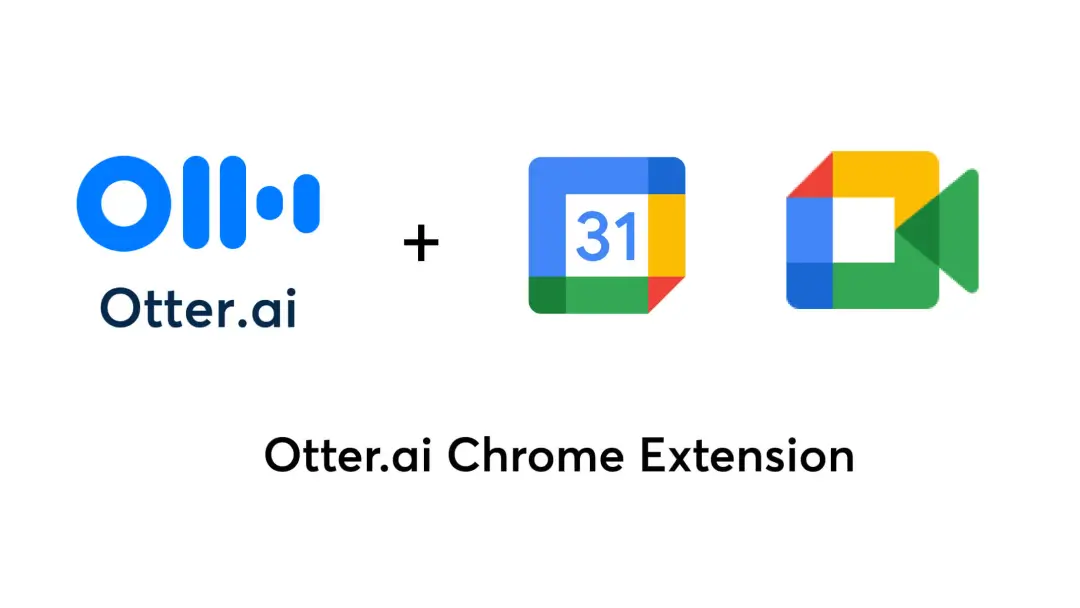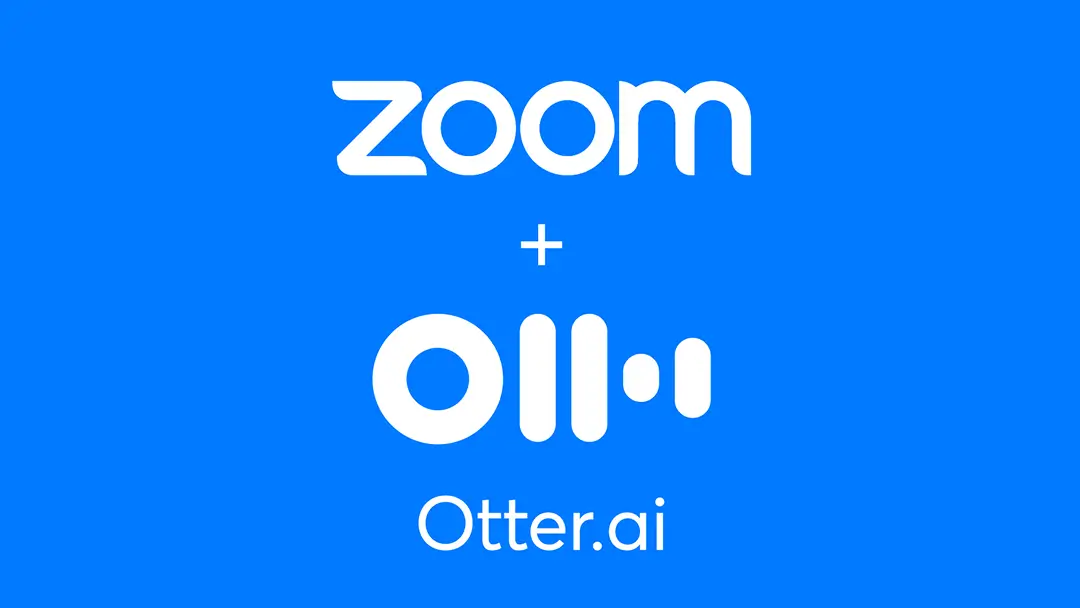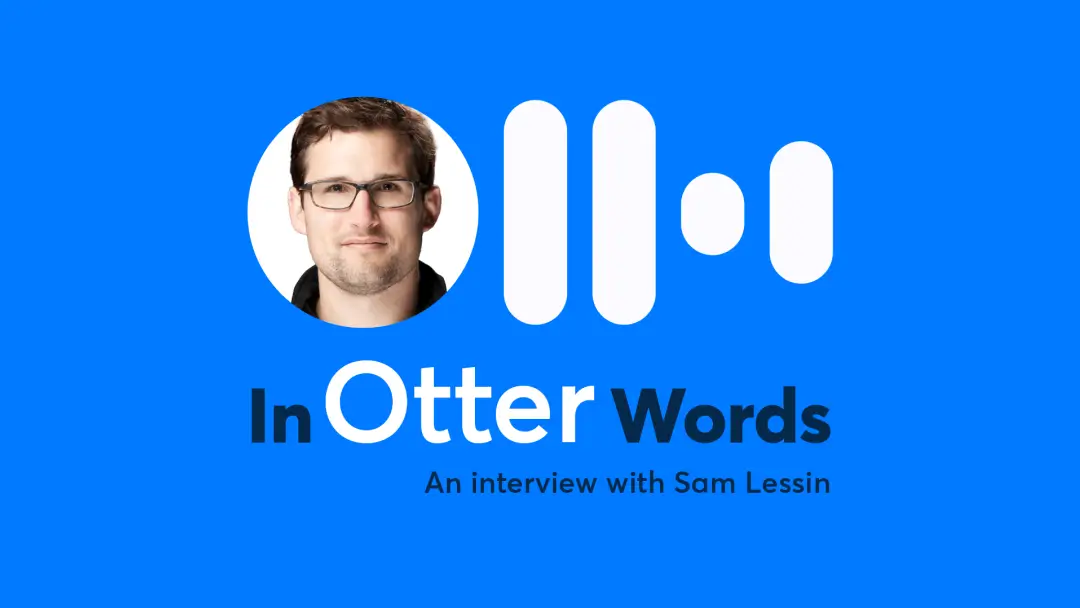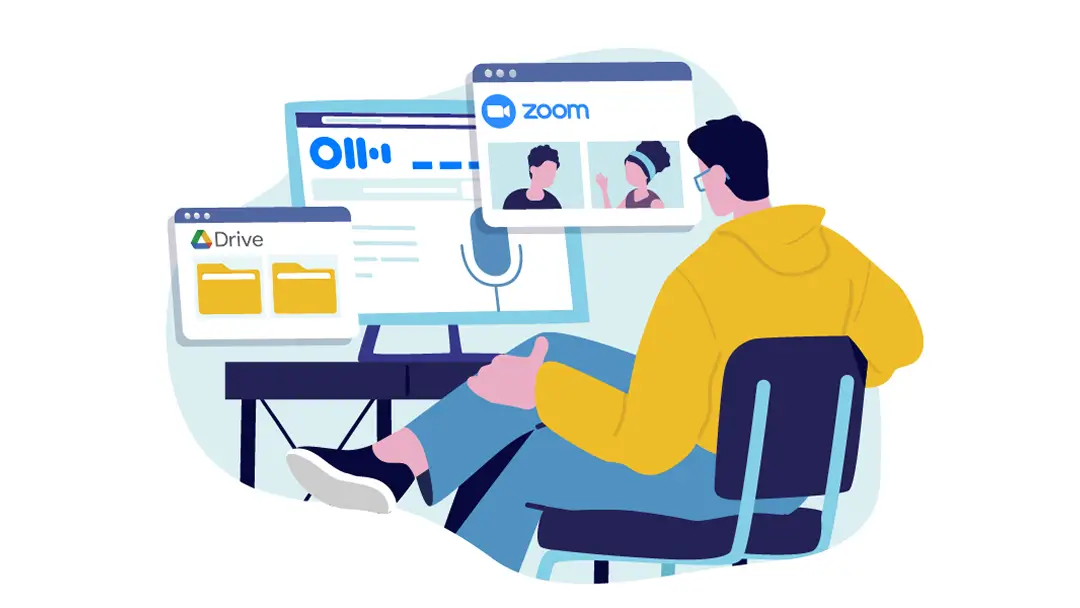Featured Film Teacher — Adam Burns
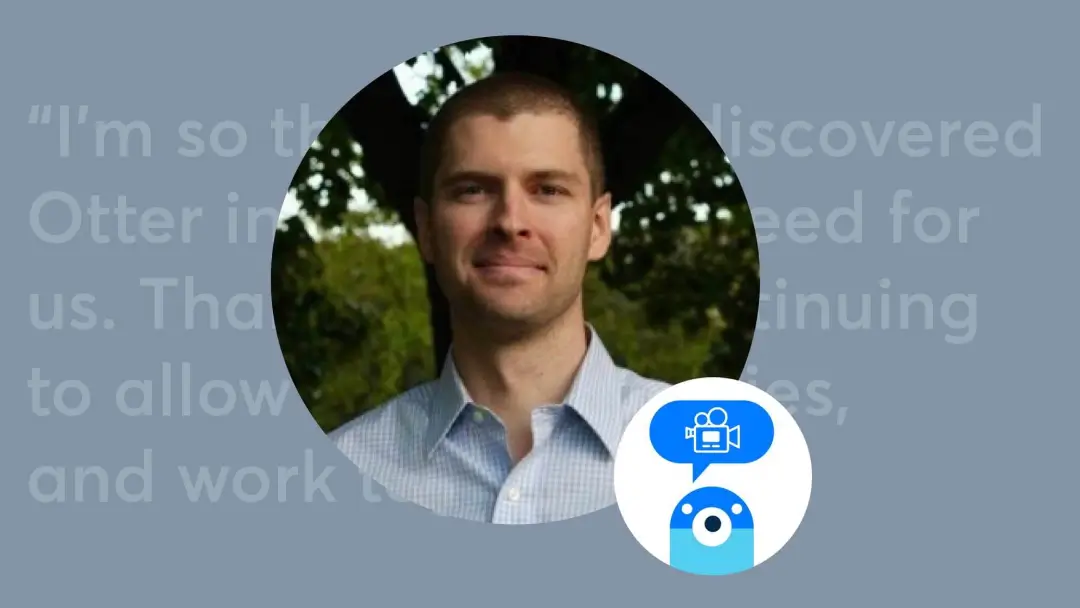
The Coronavirus pandemic caused thousands of classes, seminars, and meetings to shift online. This has become a massive struggle for educators, teachers, and other professionals whose jobs entail regular interactions with people from all walks of life. And conducting meetings and classes virtually presents a sharp learning curve for most of them.
This digital transformation has been even more challenging for creatives who depend on one-on-one interaction and community engagement to create their art.
For example, film classes are all about using adequate software to tell stories visually. Unfortunately, online learning means film teachers and students cannot use high-quality equipment made available to them in the studio.
Founder of the Athens TV class at Troy Athens High School, Adam Burns, has found Otter to be especially useful during online film classes.
As a dedicated instructor, Burns found it challenging to complete basic production-related tasks during the pandemic because now they involved mounting a massive effort.
But Otter helped Burns deal with the logistical problem of resource exchange. In addition, it enabled large files to be quickly processed and transferred without causing damage to hardware.
“Otter, you have solved our biggest problem this year – file management.”
Ever since physical film classes came to a halt, students have had to use memory cards and external hard drives to showcase their creative progress. But these often result in software glitches and computer overheating. Additionally, emails do not support high-quality 4K video files that film students generally share. This, combined with limited cloud space and slow processing speeds, has led to multiple problems.
However, Otter provided Burns with the ability to transcribe interviews and share them with his students. It also made it easy for everyone in the class to share and edit these documents.
“With Otter, we could easily transcribe any interview, easily share that document with the group, and could easily edit together in real-time.”
Production is collaborative work, which means all students working on a project need to be on the same page at all times. But the lack of face-to-face interaction has resulted in increased confusion.
With Otter’s meticulous transcribing, Burns and his students were able to continue their practice effectively.
“Thanks to things like timestamps, they knew right where to end their cuts, their narration, and so on.”
Moreover, Otter took the production class back to its basics, i.e., writing. And it enabled Burns’ students to strengthen their fundamental skills. Finally, by combining the written with visual, Otter enhanced the learning outcomes of Burns’ classes.
“I think it really took us back to embrace writing, which is the foundation of everything that we do. And I’m so thankful we discovered it in this year of need for us.”
As Otter is a flexible tool, it offers many distinctive features, such as file-sharing and comprehensive transcripts. Hence, there are many ways teachers and educators can use Otter for their classes.
For Burns, the use of Otter resulted in effective lessons even during the pandemic. He encouraged his students to pursue their passion and continue telling stories when people needed them.
Adam Burns has used Otter to become better at guiding his students regarding production processes and techniques.
“Thank you very much, Otter, for continuing to allow us to tell stories and work together in a year when students really needed that”
If you're looking for ways to assist people in their virtual communication and automate transcriptions, Otter.ai is here to help. Take advantage of Otter’s 600 monthly minutes of free transcription today!








